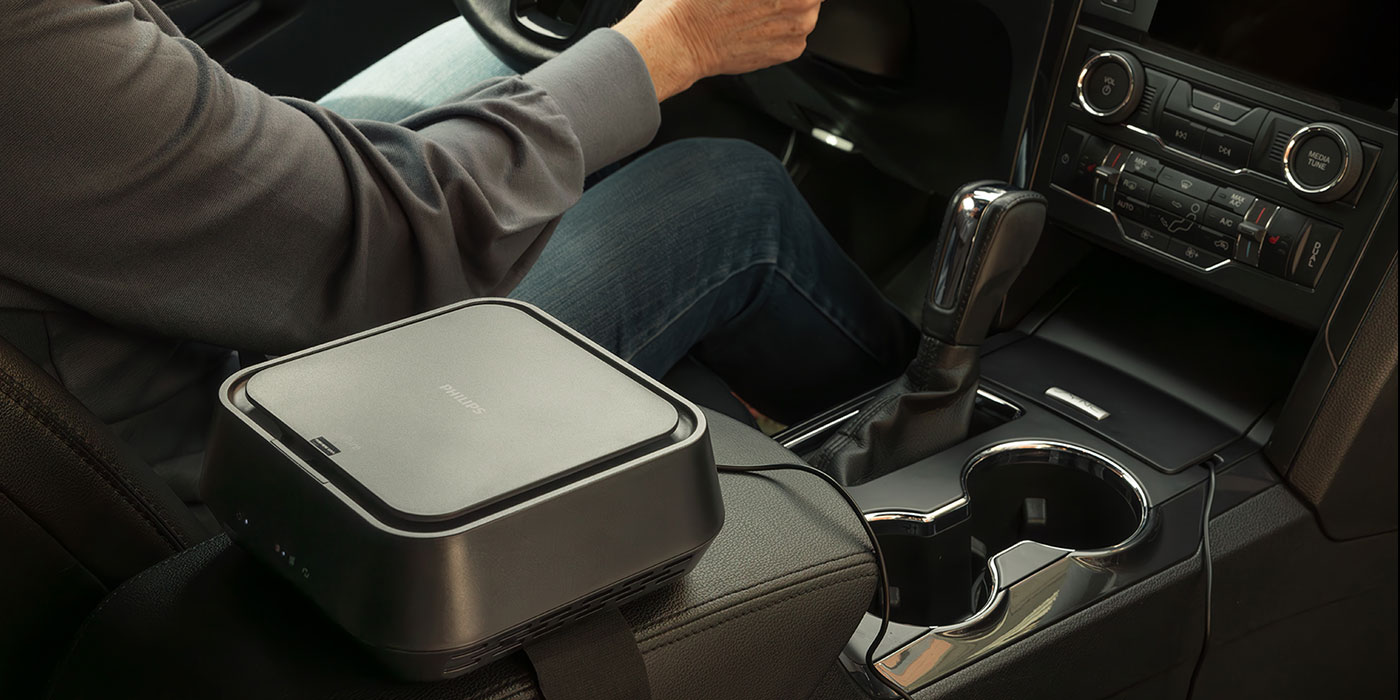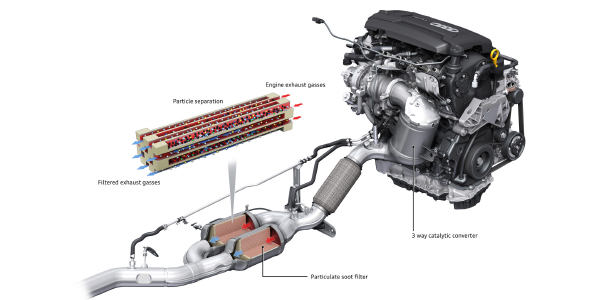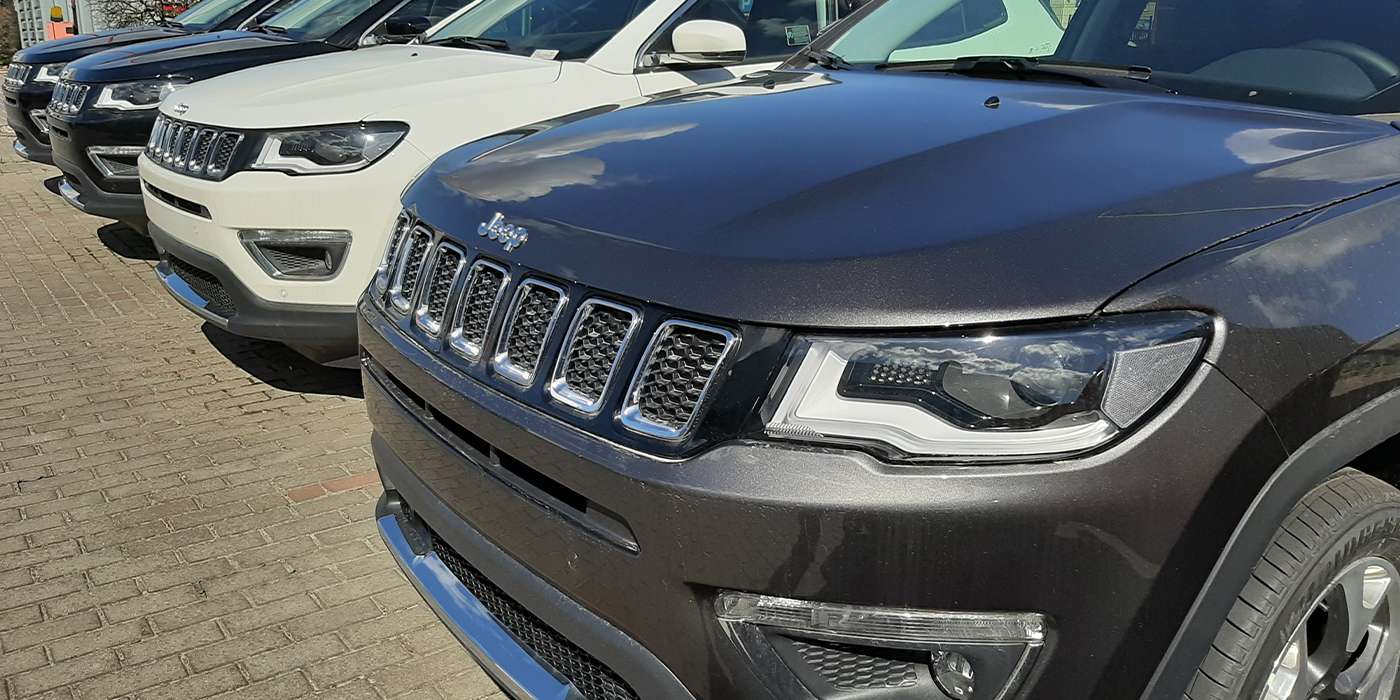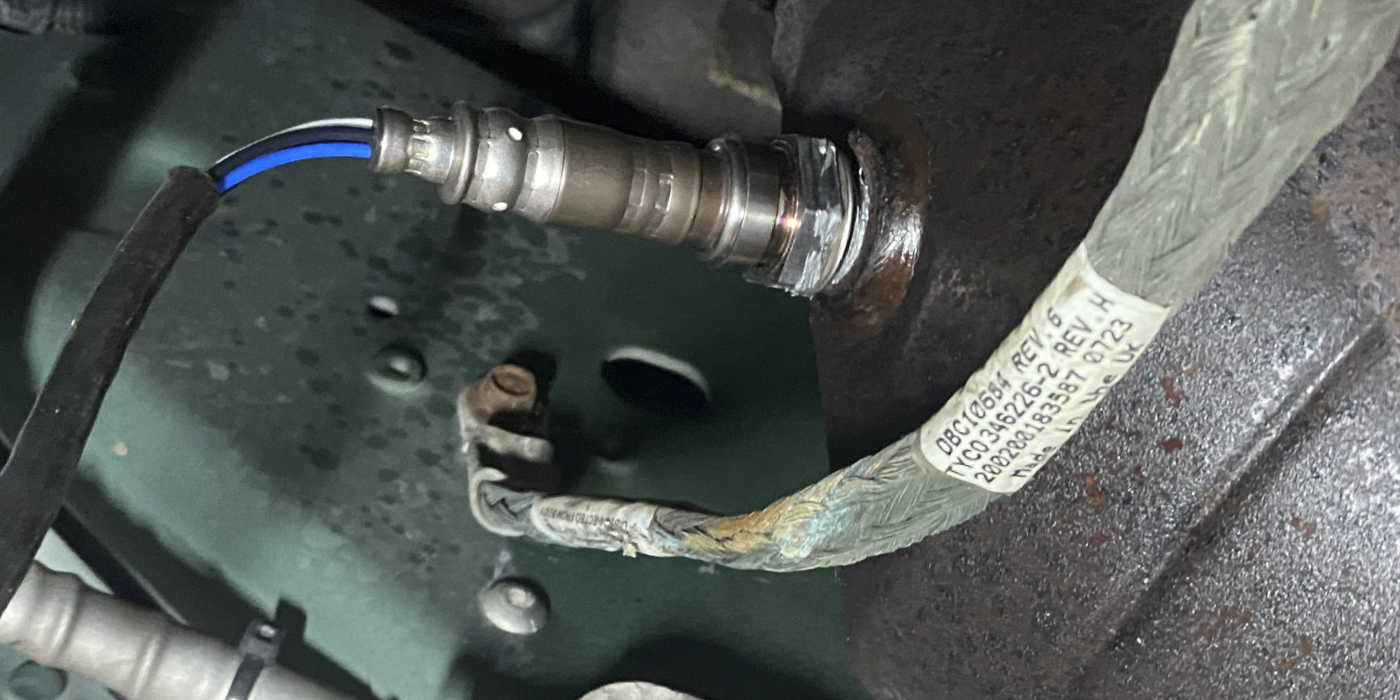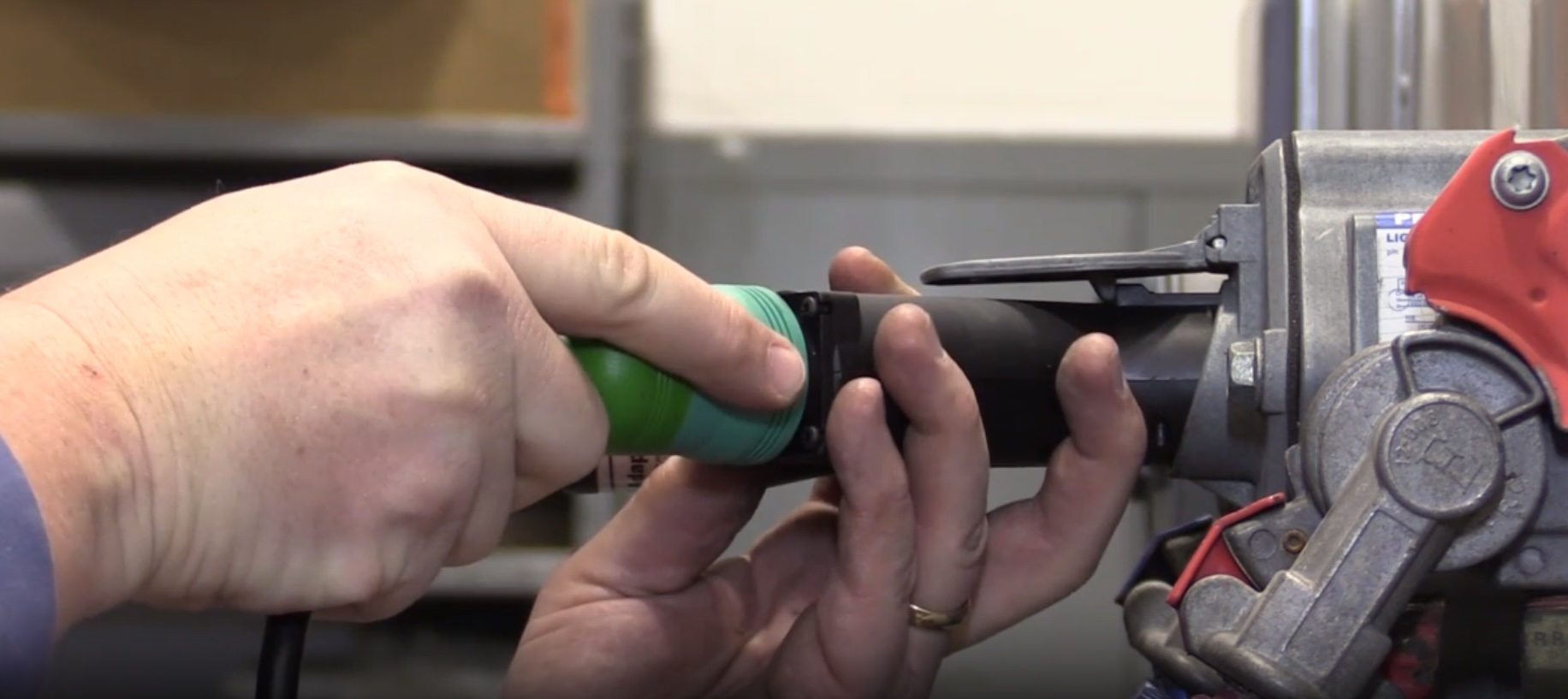By Frank Scandura
Have you ever noticed that extension cord across the floor? How about that air hose? A couple of parts laying here or there? What about your lifts? No big deal, right? Well it can be if you’re not careful.
Take some pictures of your shop, restroom and waiting area. Lots of them. After work, look them over – outside the heat of the battle so to speak. Do you have the appearance of a clean and safe place of business, or is there room for improvement?
Start at the front door. Are the windows clean? If your customer grabs the door handle, is it clean and easy to operate? Is the entry area clear of parts and pieces? Do you have a door mat that has seen better days? Are there any landscape areas that need attention? How about the sidewalk? It should be free of stains and spills and don’t forget to clean up the gum. Where does all that gum come from anyway?
Now the reception area where the customers first walk inside. Are there any magazines around? Are they trade publications or something the customer would like to see? Are they current? If you provide seating, which you should, is it clean and comfortable, or is it the old stuff from home that should have been donated to the local land fill?
How about the restroom? Would your customers comment how clean it is or would they prefer to stop at the next gas station on the way home? Do you provide seat covers in the restroom? Easy-to-use soap dispenser and towel dispenser? You would be surprised how important this is to the perception of the customer. If you have taken care of your business up to this point, you are likely to take care of everything else, including the car.
Back to the shop. Look over the pictures you took – it’s amazing what we miss every day at work, but see clearly in pictures. Are there any posters or calendars hanging on the walls that convey a message other than “I want to provide outstanding service?” Are your parts neat and tidy or are they a little on the, “I know it’s here somewhere” side? The oil tanks should be clean and orderly and not a place for oil to collect on and around. The waste oil tank should be as clean as the fresh oil tank. Customers don’t know what it is; they only know what it looks like.
Where are the soiled rags kept? They require a separate self-closing container. There shouldn’t be any gasoline or other fuels stored inside as well.
Now the lifts. Look around the base of each above ground lift and the post of in-ground lifts; is there any evidence of oil leaking? It’s not uncommon to have a slow leak that gets cleaned up when other cleaning occurs — how long before the system is too low on oil to operate correctly? Do the safety locks work as per design, or did someone decide they could bypass the safety feature so the employees could “do other tasks” while the car was being lowered? Do you have an independent company inspect your lifts every year for proper operation, and do they check the torque of the mounting bolts?
Did you know OSHA may be doing random inspections at independent repair shops and dealer service shops in the coming years? According to the Bureau of Labor Statistics, in 2005 there were 1.5 injury and illness lift-related incidents for every 10,000 full-time automotive repair and maintenance employees. In that same year, eight fatal occupational injuries involving lifts occurred. In 2006, the rate for lift-related injury and illness incidents increased to 4.6, while the number of fatal occupational injuries involving lifts rose to 13. Do you know what an OSHA 300 Log is? Do you need one? If yes, do you have one?
Let’s talk about the other equipment. Are all safety items in place? Are they operating correctly and safely? Take a look at all the hoses from air hoses to A/C equipment to make sure they are not starting to crack. If they are on wheels, do they roll smoothly or are they about to tip over when going across the shop. Is your shop one of the few still using PCV piping for the air lines? If so, replace them before there is a failure, they’re not allowed.
Are your electric service panels, where the circuit breakers are located, within easy reach in case of an emergency? Do you know how much clearance is required?
“I did not know” will not reduce any fines issued to shop owners. Visit the OSHA record keeping website if you want to try to decipher the miles of information, or seek the help of an outside company: www.osha.gov/recordkeeping/handbook/index.html
Take some time and make sure you are prepared for an inspection, because it’s coming. It will be time well spent. Your customers will know whether or not you put safety first, so it’s up to you.
Customers want value; they want to know you care about their safety as well as your employees and your own safety.
This article was contributed by Frank Scandura, the owner of two of the most successful, state-of-the art, green shops in North America, and one of the coaches who offers shop owners 1-on-1 guidance through the Elite Coaching Program.

